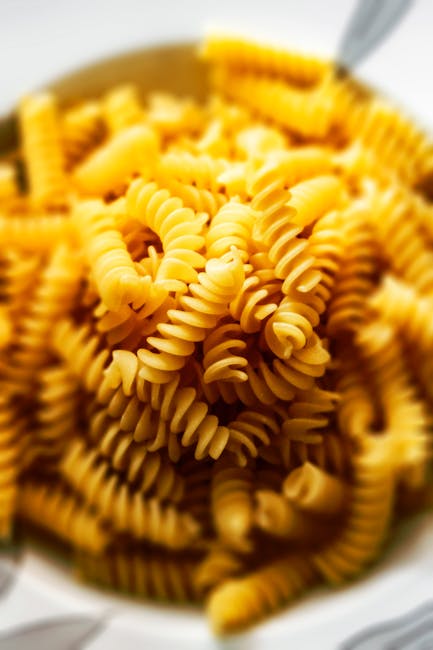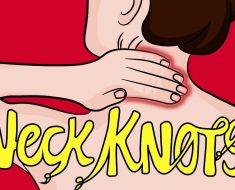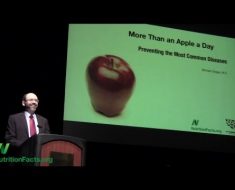
Although carbohydrates constitute only one to two percent of cell mass, they provide the raw fuel for cellular energy production. Carbohydrates are classified according to molecular size and solubility. In general, the smaller molecules are more soluble than the larger ones.
Monosaccharides include glucose-fructose, galactose, deoxyribose, and ribose. Monosaccharides are a single unit of sugar and are the smallest carbohydrate Glucose, a six-carbon sugar hexose is sugar in our blood Fructose, the sugar that sweetens fruit and galactose. The sugar found in milk has the same chemical formula as glucose and is, therefore, isomers of glucose.
Isomers have the same composition but have a different arrangement of their atoms and properties. Glucose can have a straight chain of carbon atoms, however, it’s more common to find them in a ring structure.
Cellulose provides fiber to promote peristalsis. Glycogen is the carbohydrate storage molecule found in muscle and liver cells When blood sugar drops liver cells, hydrolyze glycogen and release glucose to the blood. Congratulations You’ve completed Biomolecules The Carbohydrates.
Two other five-carbon, sugars or monosaccharides called Pentos used in the nucleic acid synthesis are deoxyribose and ribose. Disaccharides include sucrose, lactose, and maltose. Two monosaccharides joined together by dehydration synthesis to form a disaccharide molecule Sucrose or table sugar.
Glucose plus fructose equals sucrose plus water, Lactose, or milk. Sugar, Glucose plus galactose equals lactose, plus water, Maltose or malt sugar, Glucose plus glucose equals maltose plus water Polysaccharides include starch, cellulose, and glycogen. These long-chain, like polymers, make ideal storage products due to their insolubility Starch is the storage molecule synthesized from glucose by plants Cellulose, which is also synthesized by plants for cell wall construction, is indigestible because we lack enzymes for it.






